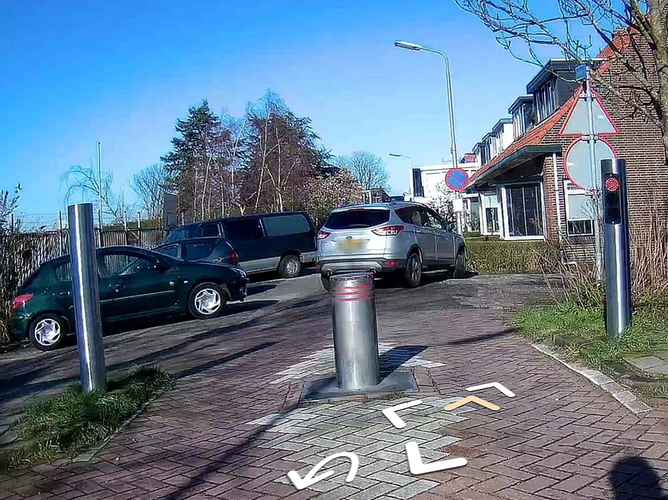_____________________________________________________________________
Moderator Edit:
This thread was split off from here at the request of the original creator. The new thread discusses the relationship between child and parent tags, particularly with regards to access tagging schemes.
_____________________________________________________________________
You didn’t include another option: Stop claiming that a bollard “implies” anything. What does that mean anyway?
I think we first need to sort out, and document, what access restrictions on a barrier are supposed to mean. Does “yes” mean “allowed”, does it mean “physically possible” or does it mean “allowed and physically possible”?
Is the answer different for different barrier types (e.g. bollards and gates)?
What’s currently documented on the wiki is that these tags are to be used for legal access restrictions only, and physical access is to be mapped with maxwidth:physical.
Therefore I think it would be really confusing, especially for new mappers, to document that a bollard “implies moped=yes”.
junction=roundabout implies oneway=yes, that means if I see a roundabout, I know I am only allowed to drive around it in one direction, even if it’s not explicitly tagged. So far, so good.
barrier=bollard implies moped=yes, that means if I see a bollard that means I am legally allowed to ride past it on my moped, even if it’s not explicitly tagged… ? Do you see what I am getting at? ![]()
